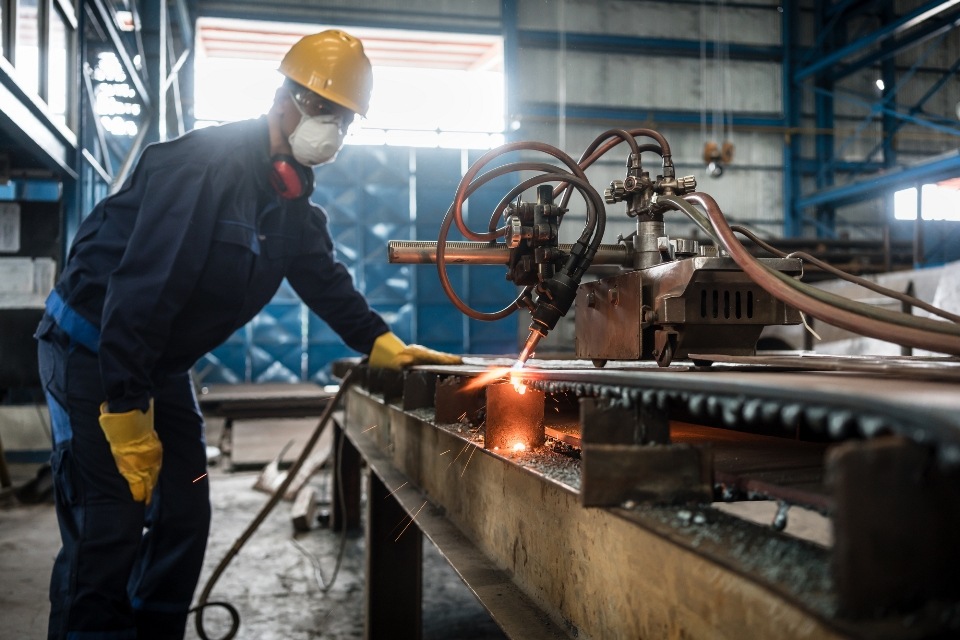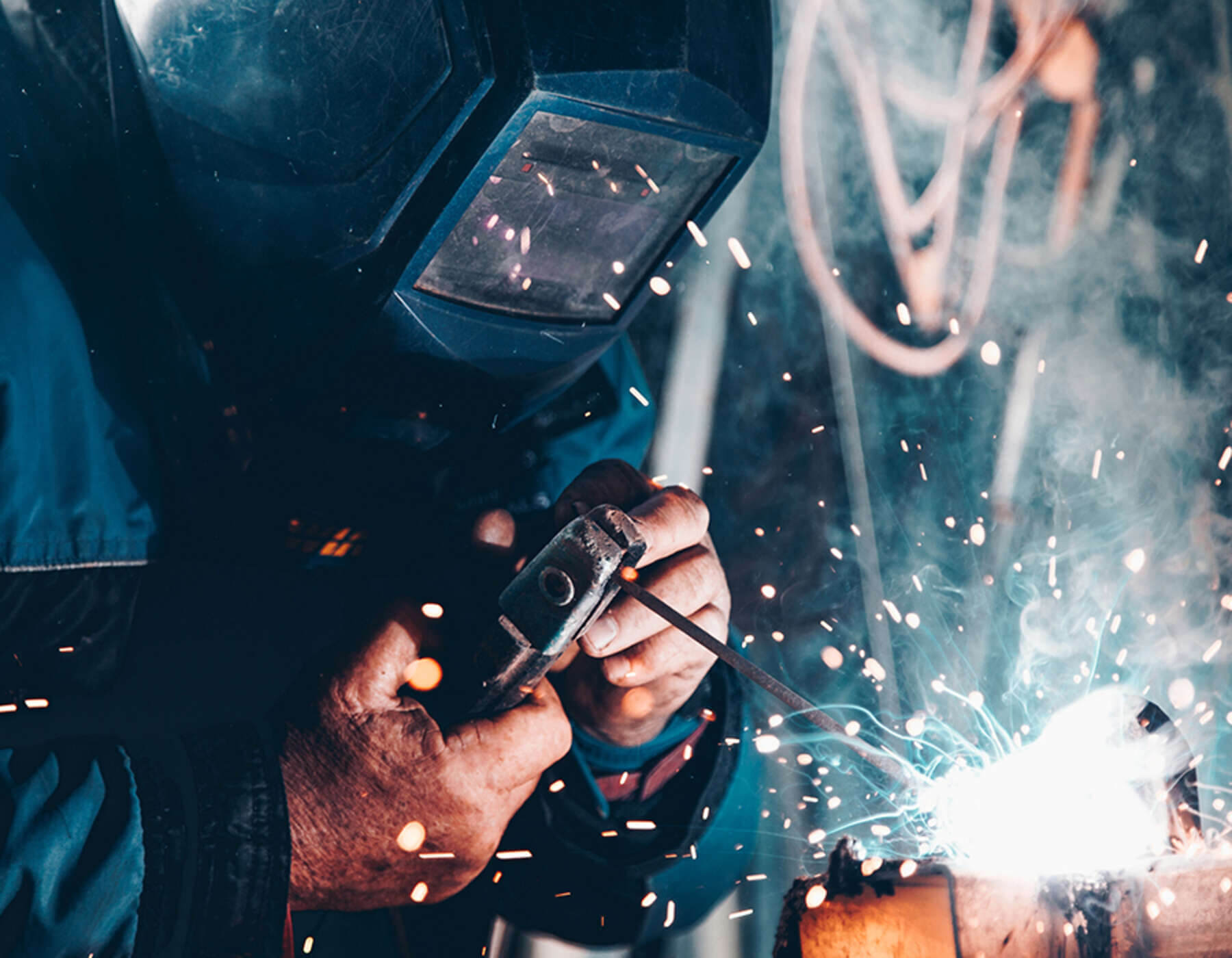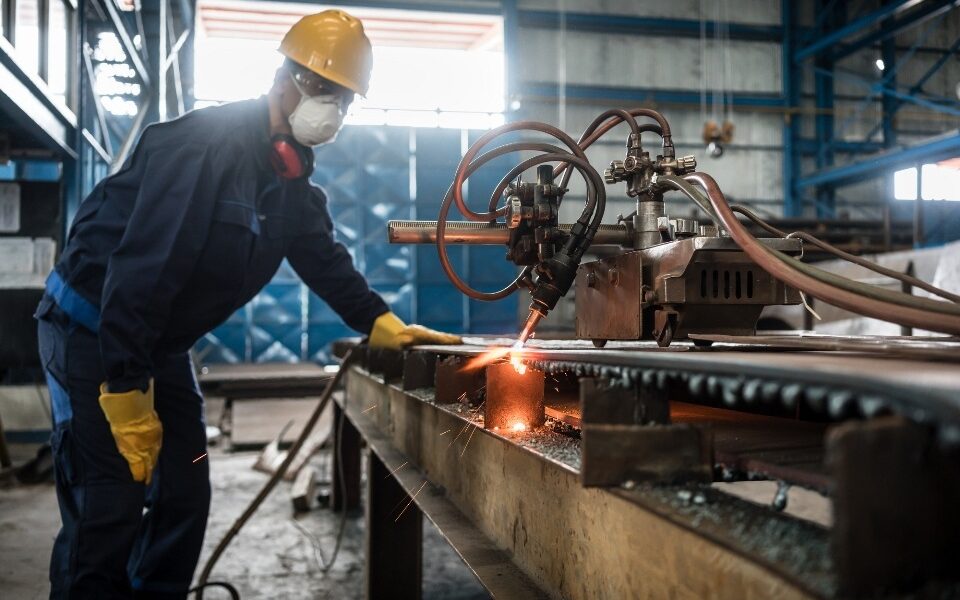
Fabrication is the process of shaping, forming, and finishing various metals to create the perfect end product.
With a series of processes all carefully chosen for specific projects, the fabrication process is intrinsic and specialised, which means it’s vital that it is handled with care and precision.
From cutting to welding, understanding CAD drawings, and working to tight specifications, it is vital that you work with an experienced team who are knowledgeable about not just the various processes involved in fabrication but choosing the most appropriate solutions for your project.
In this post, learn more about just what is involved in the fabrication process and the most used fabrication techniques around today.
Metal Fabrication Processes
Metal fabrication is the process of turning raw materials into pre-made shapes and products/components ready for final use.
These processes are often complex and varied and require skilled professionals with experience across the range of different fabrication techniques to be able to take these raw materials through each stage until completion.
Fabrication techniques and the process metal goes through often takes place in a dedicated factory, with the final product packaged, shipped, and assembled on-site.
Many industries use fabrication steel to support their operations, equipment, buildings, etc. sectors, including:
- Construction
- Transport
- Marine
- Industrial
- Aerospace
- Automotive
- General household items
- And more.
To understand more about some of the most common stainless steel fabrication applications, make sure to check out our latest blog post online.
Metal Fabrication Techniques
Welding – the process of joining metal together using heat and pressure. Welding is an extremely popular area of fabrication and is what most fabricators are known for. There are also different types of welding techniques, such as MIG, arc, and TIG to allow fabricators to manufacture and work with metal with ease.
Cutting – a versatile and the most common fabrication process that involves cutting sheet metal into smaller component parts. Cutting is a delicate and intrinsic skill, carried out with lasers, waterjets, and power scissors, allowing experienced fabricators to achieve exact cuts.
Punching – creates holes in the metal and is available for use on both light and heavy metalwork.
Stamping – creates indentations in the metal instead of holes.
Shearing – used on sheet metal when you require longer cuts. A metal cutting machine will be required; however, shearing can help trim down edges or cut along the metal as needed.
Casting – perfect for complex shape-making. Casting involves heating the metal to the point that it can be poured into specifically designed moulds. These moulds are then left to cool and solidify.
You would opt for casting when you require products to be mass-produced, and the same mould can be used repeatedly with minimal variance. Common metals used in this process include steel, iron, gold, copper, silver, and magnesium.
Extrusion – creating a final product that is often found in piping or wiring; extrusion forces metal through an open or closed die, pressing around the die to form a cavity.
Drawing – a process for sheet steel metal fabrication where the metal is stretched into a thin shape using tensile force and then manipulated into vessels and shapes that are often cylindrical or box-like.
Forming – using a brake press, pressure is applied to the metal and bent to the specified angle, creating a crease. We use forming in the creation of equipment panels.
Machining – ultimately, machining helps create the shape you want, removing any unwanted material in the way. Machining includes processes such as drilling, turning, and milling. CNC machining is the most common tool within fabrication as it can use precise measurements for turning.
Forging – a technique that uses compression force to achieve a specific shape; forging involves heating the metal to the point a professional steel fabricator can bend, shape, and form it using a hammer or other fabrication tools. This is an extremely old form of steel metal fabrication used by many blacksmiths.
Shrinking – yes, fabricators can and do shrink metal. Using various processes such as tucking (folding the metal at its edges using specialist machinery) and heat shrinking (heating sheet metal and then allowing it to cool, allowing the metal to naturally contract and be smaller in size).
Finishing – finishing is often a secondary process to fabrication and is applied to the final stages of the product – for example, powder coating or painting. In contrast, the actual fabrication elements create the product itself from scratch.
Metal Manufacturing Processes
Metal fabrication processes are not set in stone. Instead, they are tailored to projects and product requirements, which means you can customise and specify your requirements down to the final cut.
However, you need to find and work with the right steel fabricator for you. A team with the experience, tools, and knowledge of the most appropriate fabrication processes, and a team who can produce high-quality products cost-effectively.
Experts in our field, the team at Morfabrication, work collaboratively with you on your project from start to finish.
We strive for perfection in the projects we deliver, creating high-quality finished products using a range of fabrication techniques.
Working with customers across the Northeast and the UK, all from various industries, make sure to get a quote for your next project. Call 0191 816 2718 or email your requirements to info@morfabrication.com.

